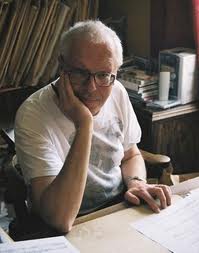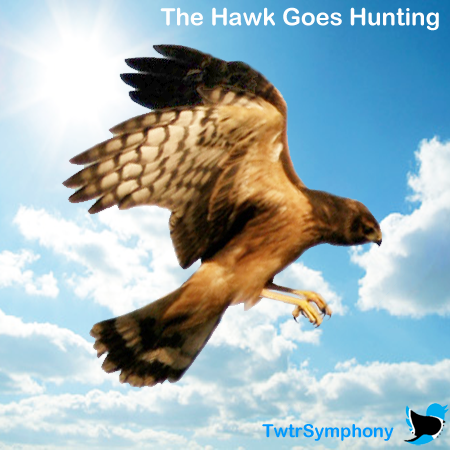 One of the most appealing and satisfying things about the Proms is the way that they support and showcase British composers. There are a number of commissions each year (a Proms commission is a sort of right of passage moment for up and coming composers), and not first performances of recent works as well. It is very surprising, and a just cause for sorrow and consternation, then, that the Proms Matinee on August 11 at Cadogan Hall, given by Britten Sinfonia, with soloists Nicolas Hodges, Susan Bickley, and Nicholas Daniel, conducted by Clark Rundell, was the occasion of the first Proms performance in twenty-four years of any music of Michael Finnissy. Finnissy, as well as being one of the most vital and interesting composers alive, is undoubtedly one of the major figures of British music, as a teacher as well as a composer, and the absence of his music from the Proms for so long, let alone his not having received a Proms commission, over all that time is simple inexplicable, as well as being sad for all of us who have lost by such an omission.
One of the most appealing and satisfying things about the Proms is the way that they support and showcase British composers. There are a number of commissions each year (a Proms commission is a sort of right of passage moment for up and coming composers), and not first performances of recent works as well. It is very surprising, and a just cause for sorrow and consternation, then, that the Proms Matinee on August 11 at Cadogan Hall, given by Britten Sinfonia, with soloists Nicolas Hodges, Susan Bickley, and Nicholas Daniel, conducted by Clark Rundell, was the occasion of the first Proms performance in twenty-four years of any music of Michael Finnissy. Finnissy, as well as being one of the most vital and interesting composers alive, is undoubtedly one of the major figures of British music, as a teacher as well as a composer, and the absence of his music from the Proms for so long, let alone his not having received a Proms commission, over all that time is simple inexplicable, as well as being sad for all of us who have lost by such an omission.
The Finnissy work included on this particular concert was the 36-year-old Second Piano Concerto, with Nicolas Hodges as soloist. One of the usual memes having to do with the concerto, that it is a piece opposing the soloist as the one against the many in the orchestra is not exactly operative in this case. First of all the band is a small one, strings and two flutes, and rather than opposing the solo part, they pick out and highlight details in the stream of the work’s continuity which is entirely in the almost ceaseless piano part. Finnissy’s music is often thought of as fearsome, and it can be extremely difficult to play (not that you could tell that from Hodges’s beautiful and lucid performance), but the sound of it, when it’s done well, as it was here, is downright beguiling–gossamer and shimmering, and its continuity, a sort of stream of consciousness, clear and convincing, and easy to follow. It is to be hoped that it won’t be another 24 years before there’s more Finnissy on the Proms.
Hodges also presented the UK Premier of Harrision Birtwistle’s Gigue Machine for solo piano. Making the difficulties and complications (and they are considerable) obvious is one of the points of this piece, which is an exploration and deconstruction of the rhythms and phrasings of the old dance form, and they were presented and dispatched both compositionally by Birtwistle and pianistically by Hodges, with flair and aplomb, and obvious relish. (more…)




